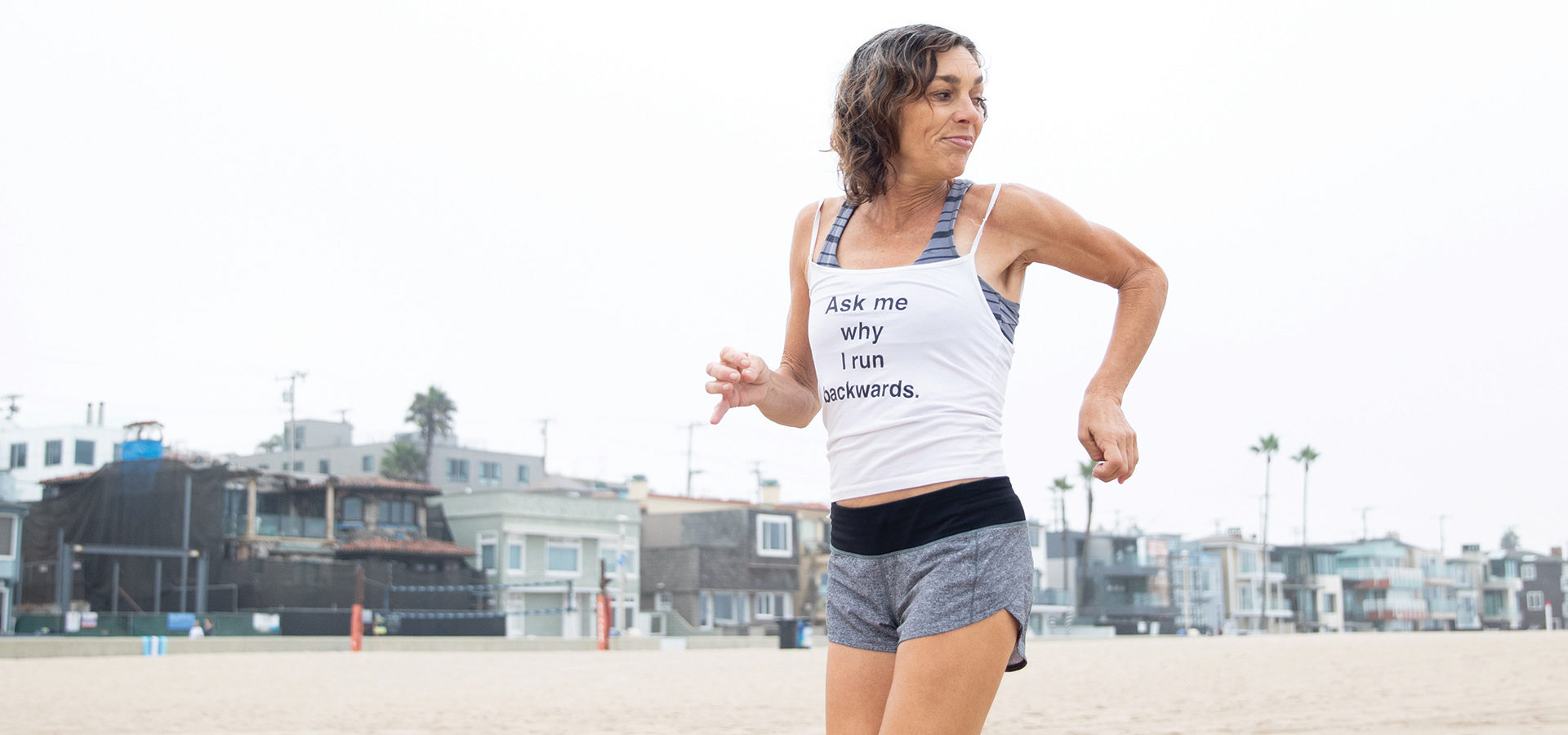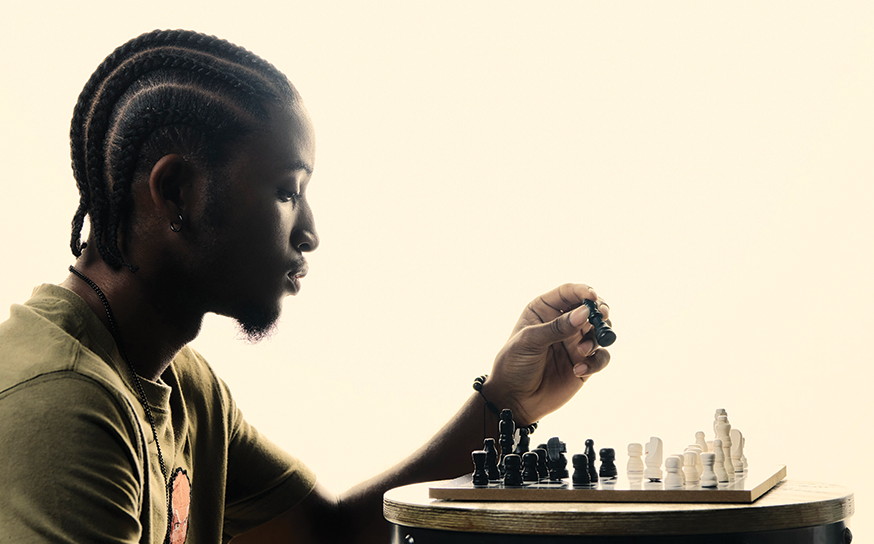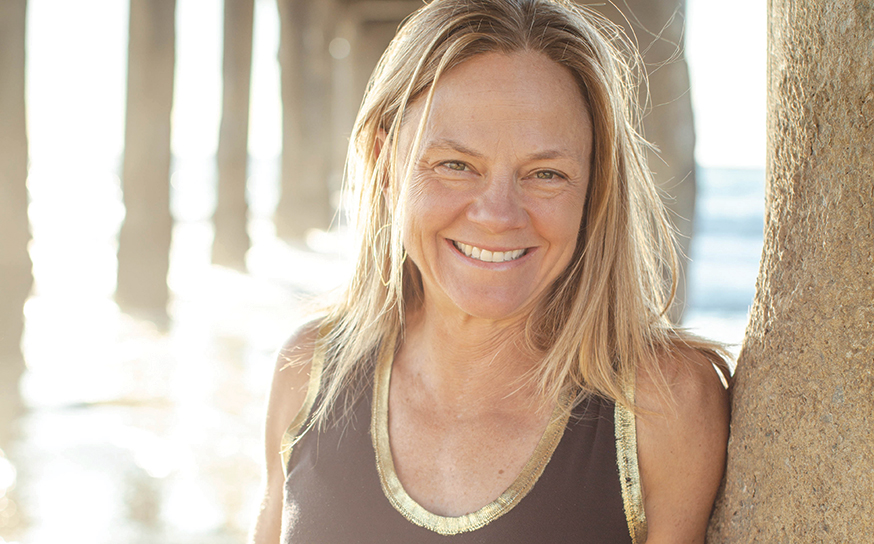As you walk down the hallway of Mira Costa High School’s impressive new gymnasium, you see the names of the school’s long legacy of phenomenal athletes flanking the walls. Laura Cattivera is one of those names. Running came naturally to Laura—so ingrained in her DNA that she does not recall when she made a conscious decision to start.
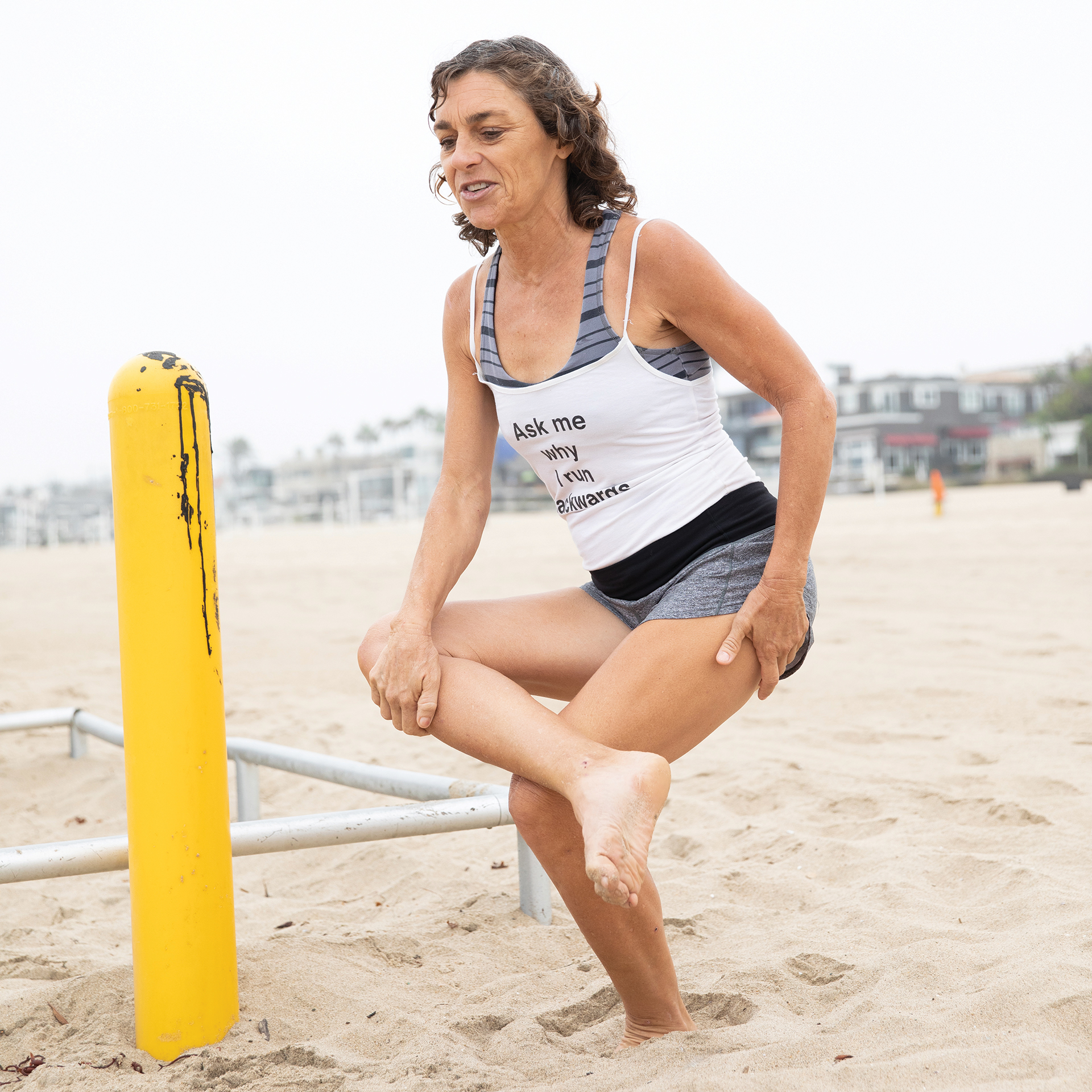
As you walk down the hallway of Mira Costa High School’s impressive new gymnasium, you see the names of the school’s long legacy of phenomenal athletes flanking the walls. Laura Cattivera is one of those names. Running came naturally to Laura—so ingrained in her DNA that she does not recall when she made a conscious decision to start.
“I always go barefoot in the sand— not only because it’s more practical but because our feet have a lot of nerve connections that don’t get activated as much with shoes on.”
Her parents met at Mira Costa High School, fell in love, and Laura was born as the oldest of four children—the only daughter. In the 1980s, she broke records in the 1600m, 3200m and 800m before heading east to run for Princeton University. She held the Mira Costa record for the 800m for almost 40 years.
After she graduated from Princeton in 1989, Laura qualified for the 1992 Olympic trials in the 3000m. While preparing for the Olympic trials, she noticed a fluttering in her leg. The issue was severe enough that it altered her ability to perform at the level she had become accustomed to. All methods to eliminate the issue proved unfruitful, and her Olympic dreams were dashed. But she didn’t want to stop running.
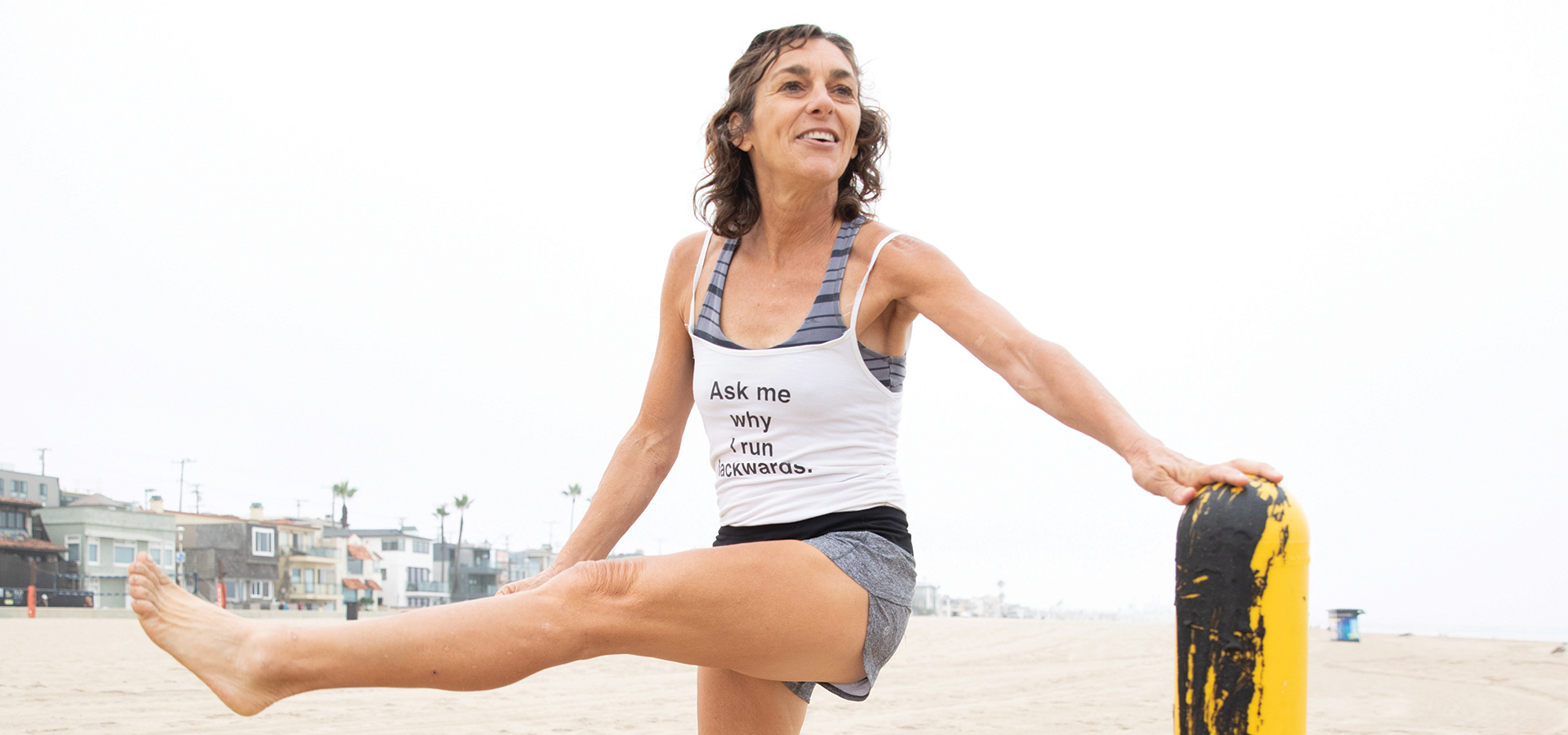
Manhattan Beach’s Old Hometown Fair enjoys many signature events, including the chili cook-off and the 10K race. To the local running community, winning the 10K holds a level of prestige, and Laura was on her way to win the race in 1996. She was far ahead of all the other female runners, and the local crowd yelled and cheered for her enthusiastically.
Then the unimaginable happened. In the last half-mile of the race, one of her legs uncontrollably started kicking outward—knocking over trash cans and hitting walls or anything in her way. As Laura struggled down The Strand, her left leg began to spasm to the side. It was impossible for her to run in a straight line. Heartbreakingly, a rival runner from Palos Verdes passed her. The hometown crowd gasped in disappointment.
Although she went home with second place, it was evident that her undiagnosed condition for the previous six years had progressively accelerated. The prescribed medicine no longer worked. Her struggle with her body was now public, and she needed answers.
Laura was diagnosed with focal dystonia, a neurological disorder that involves involuntary spasms in small muscles in the body. It is considered “focal” when it is limited to one or two locations within the body. This is unlike general dystonia, which can be extremely invasive and impact multiple areas in the body. General dystonia reduces the ability to function day-to-day. It can present symptoms based on overuse or repetitive stress and often affects musicians, golfers and runners. Without repetitive use, it would be hard to identify the symptoms. Currently there is no cure for dystonia, but medications can improve symptoms.
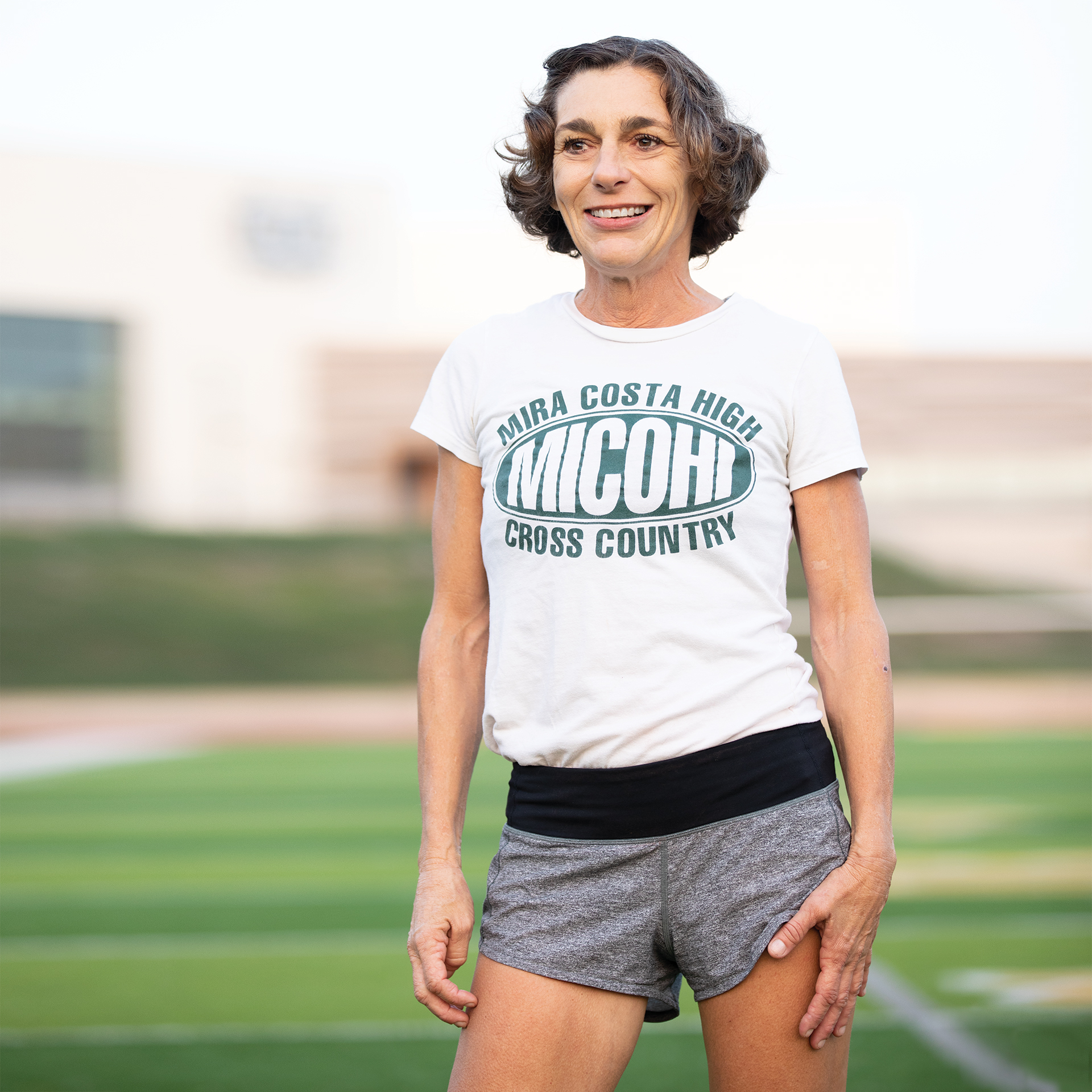
Unfortunately for Laura, running would never be the same. But determined to continue her passion, she experimented with different ways to keep going.
Though Botox can be injected into the impacted muscle, Laura’s problematic muscle was buried too deep in her hip. Then she tried Artane, a medication for Parkinson’s disease that proved effective in keeping the pain at bay for a couple years until she built up a tolerance. Luckily, she was able to stop and start the medication again, and it gave her a couple additional years.
Without any other remedies to help her condition, Laura began purposely using different muscles when she runs. She discovered that if she runs backward or in a zigzag formation, her leg does not use the same muscles.
“I always go barefoot in the sand,” Laura shares, “not only because it’s more practical but because our feet have a lot of nerve connections that don’t get activated as much with shoes on.”
Before running, she’ll do leg kicks and other active stretches as a warm-up. And while you might also find her riding a bike, it’s the backward running that will catch your eye. “I’m always on the lookout to find a good tire track to run backward on.”
With an upcoming foot surgery on the books, Laura is currently getting in shape for the procedure, knowing she’ll have six weeks of recovery afterward. But no matter what comes, she won’t let a neurological disease stop her—now or ever.
Southbay ‘s Annual Spring Style Guide Has the Latest Fashion Trends, Jewelry, Home Goods and Gifts!
Shop local and support our amazing businesses.






